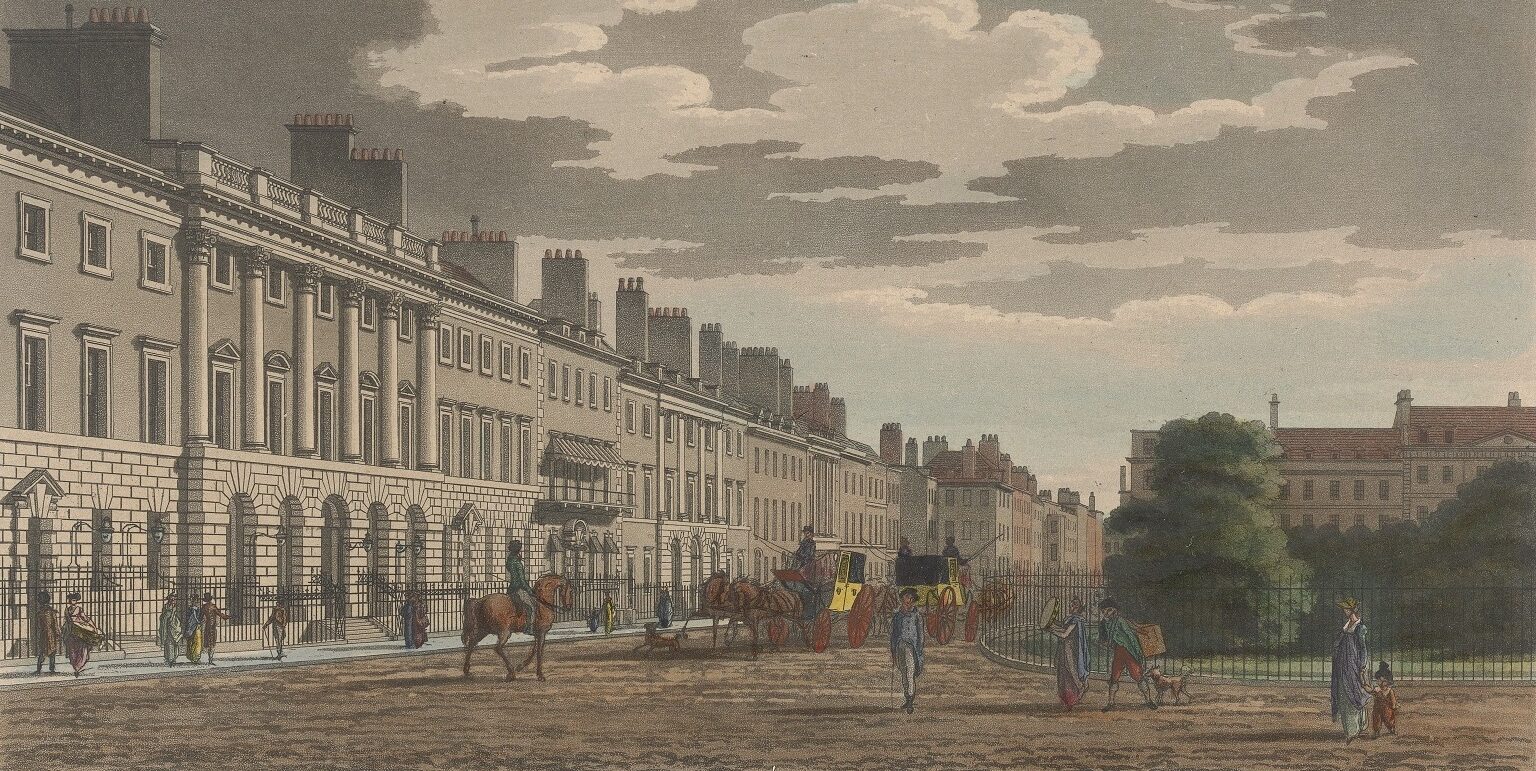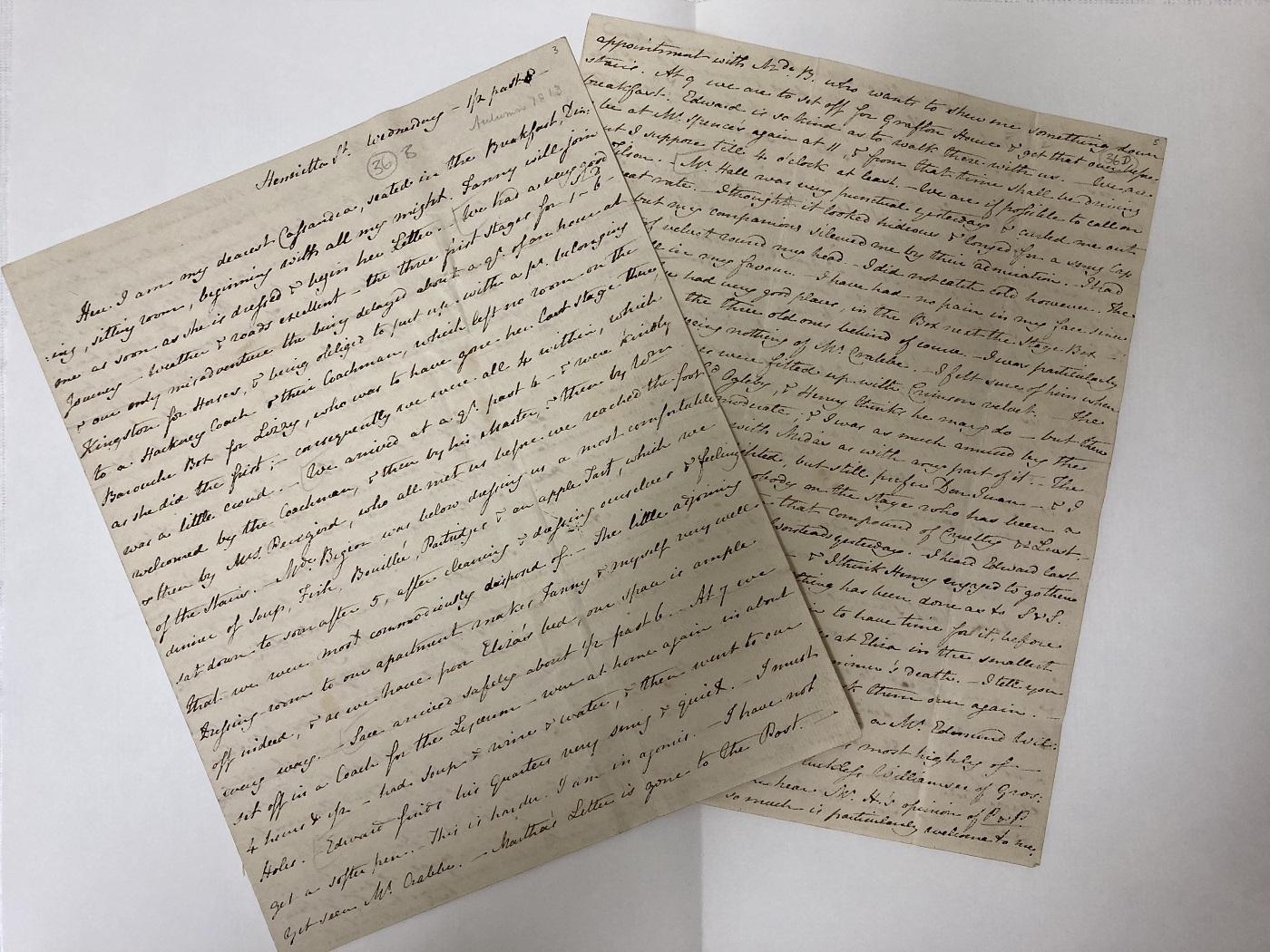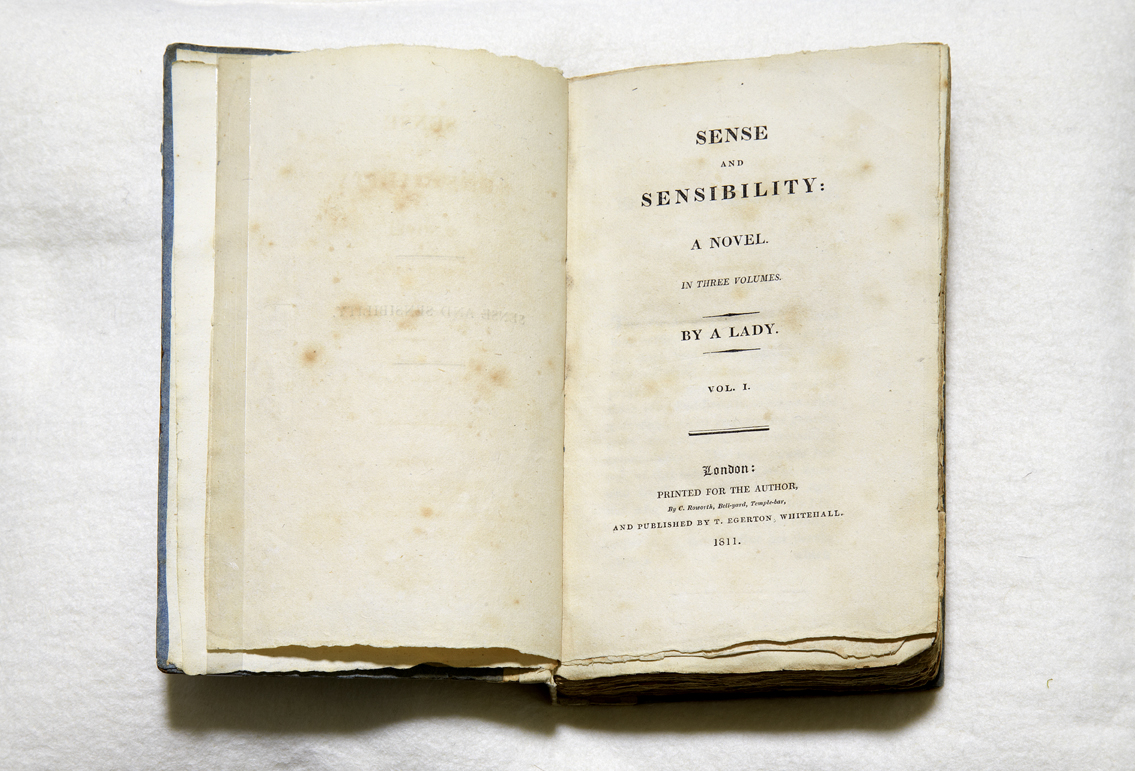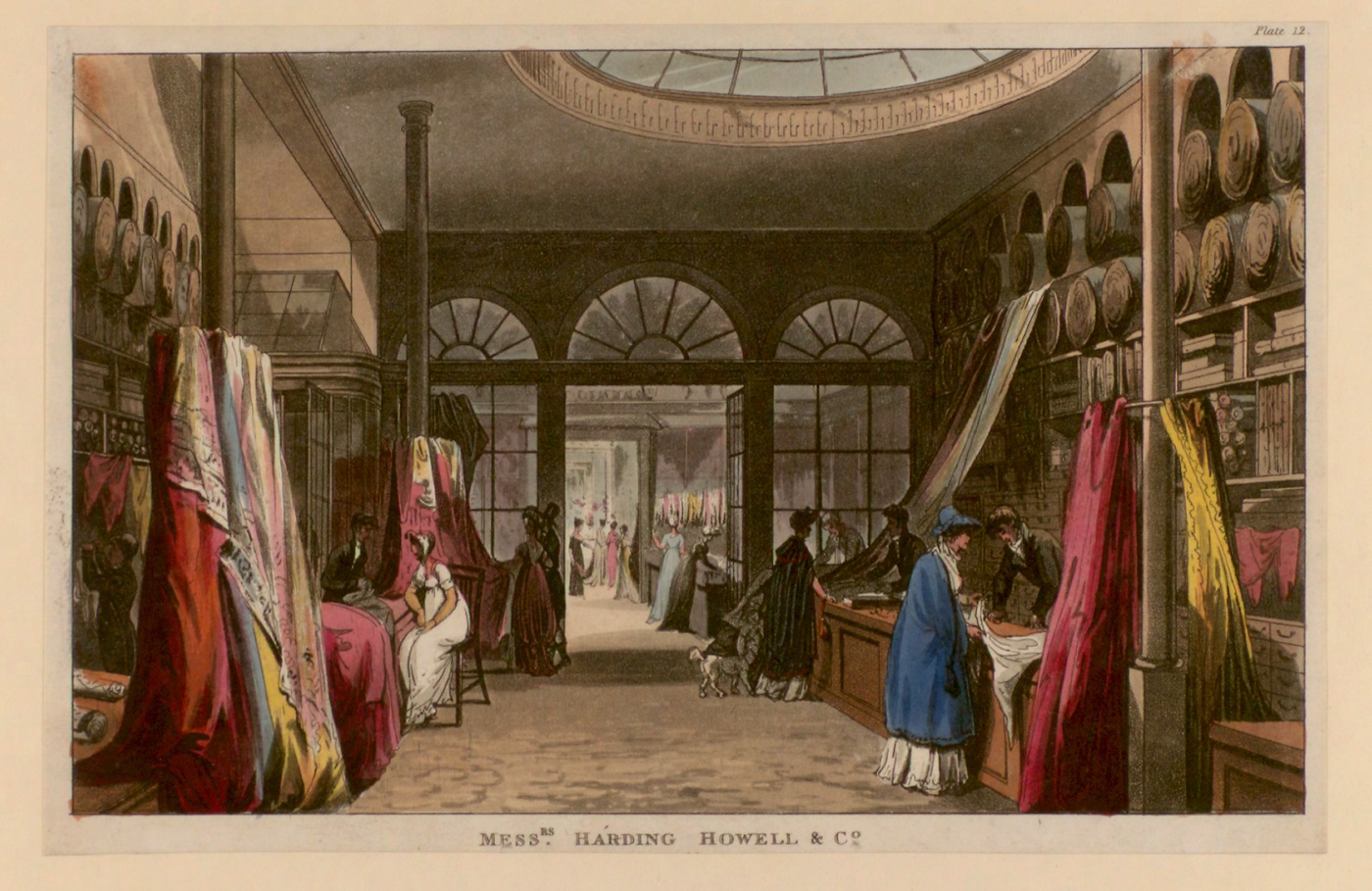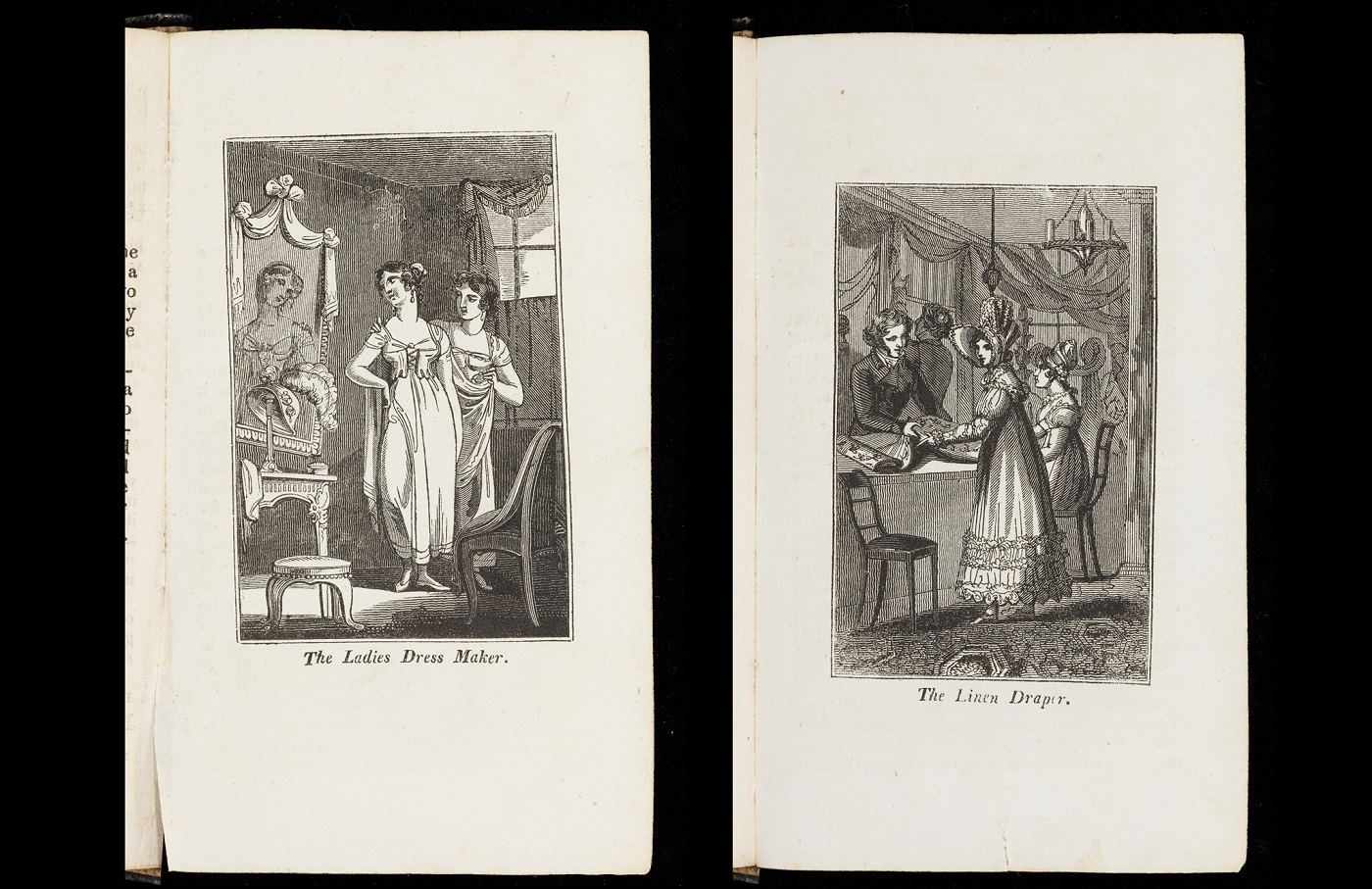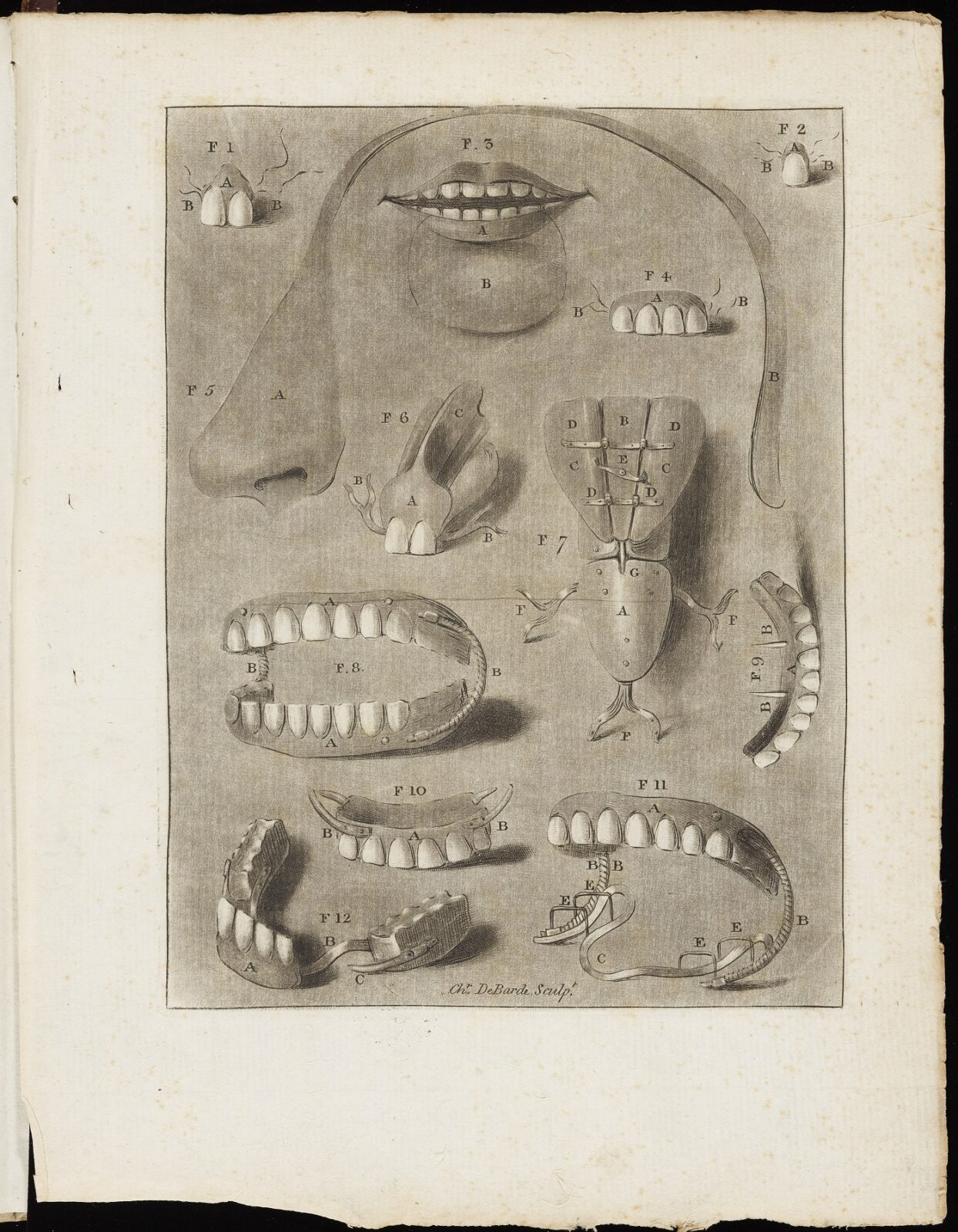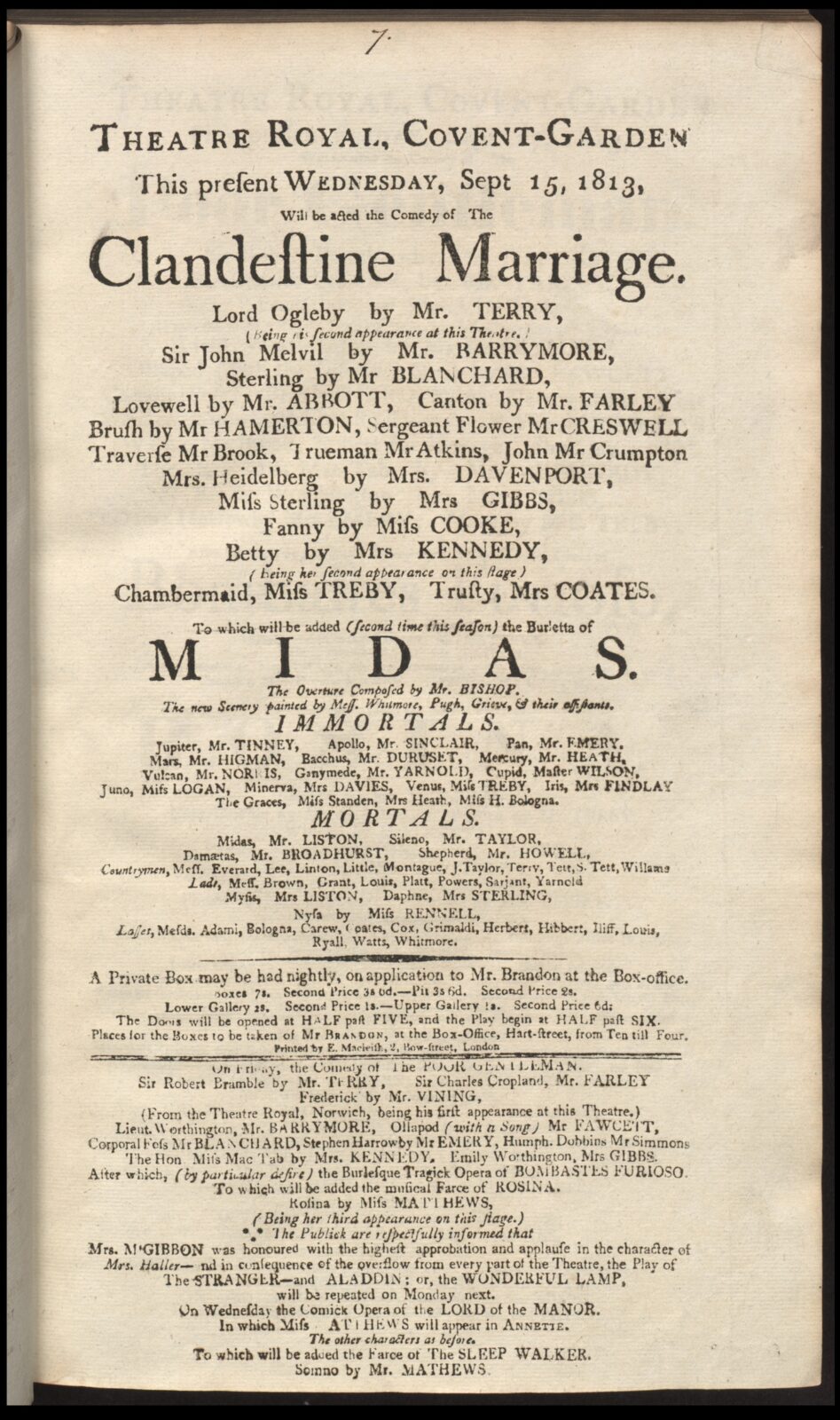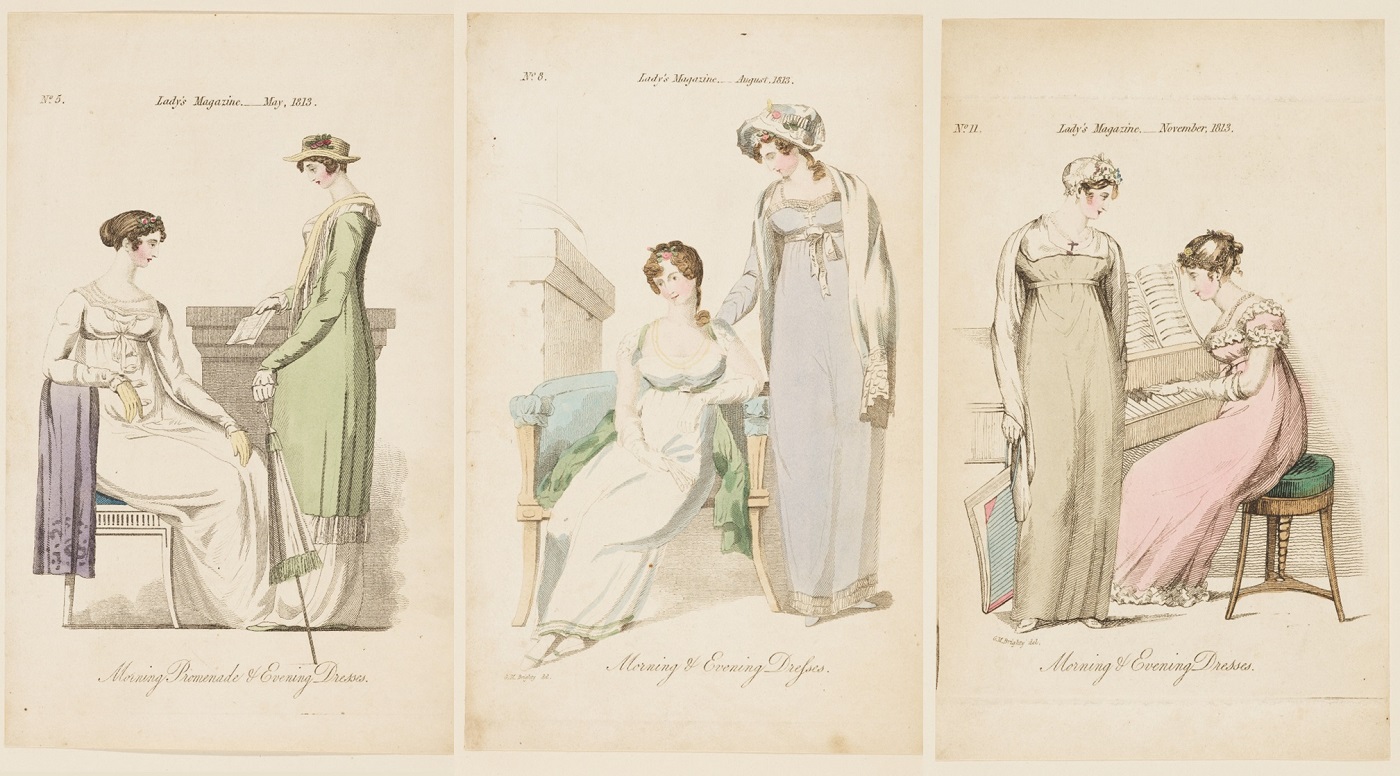Jane Austen in London
An online version of our autumn/winter exhibition. Taking Jane Austen's letter of 15-16 September 1813 as our guide, we set out to explore the bustling city of early nineteenth century London...Jane Austen relished her visits to London. Her novels may depict the city as the shelter of frivolity and vice, but she loved it. To exchange her quiet Hampshire village for the city was to be transported to the luxury and entertainment that she regularly craved. By the end of the eighteenth century, London was the vast global emporium of goods, entertainments, and services that we know today.
Using her letter of 15-16 September 1813 as our guide, we follow Jane Austen across two days from one particular visit. She is staying with her brother Henry at his home above his banking premises at no. 10 Henrietta Street, Covent Garden. She walks through Covent Garden and she shops in Bond Street. She visits the milliner and the dressmaker, and accompanies her nieces to the dentist, before having her hair done and spending the evenings at the theatre. Wouldn’t we all enjoy a day like this?
In 1999 a plaque was placed on no. 10 Henrietta Street to commemorate Austen’s visits there.
~
Object 1: Letter from Jane Austen to Cassandra, 15-16 September 1813
Jane Austen’s was a letter-writing age. Of the thousands she probably sent, just 161 survive—her sister Cassandra destroyed the rest. Those that remain are open letters —a mix of news, gossip, and opinion—designed to keep one family group in touch with another. In this letter, Jane is in London making purchases for herself and her sister, seeing her brothers, catching up with friends, and enjoying all that the city has to offer.
This letter is part of the Blavatnik Honresfield Library of books and manuscripts saved from auction and dispersal by the Friends of the National Libraries in December 2021 after a national campaign raised over £15 million. Now the letter will be shared between the Bodleian Library, Oxford, and Jane Austen’s House, where it will be preserved as part of our precious literary heritage.
~
Object 2: Sense and Sensibility, by A Lady, 1811
‘Nothing has been done as to S&S. The Books came to hand too late for [Henry] to have time for it, before he went.’
With Sense and Sensibility, her first published novel, Jane Austen established a pattern that would continue for the rest of her life. She took her manuscript up to London and stayed there to correct her pages as they came from the printer. It was published in November 1811. In a letter to her brother Frank (3-6 July 1813), she noted with pride and pleasure that the edition was sold out and had earned her £140, ‘which only makes me long for more’. With no independent income of her own, Austen was clear that she wrote for money as well as fame. Now a second edition was ready and would appear in November 1813.
~
Object 3: A Drapers’ Shop, Messrs Harding, Howell & Co. (London, c. 1810)
John Johnson Collection, Trades and Professions 6 (44), Bodleian Libraries
‘We did go to Layton & Shears before breakfast. Very pretty English poplins at 3.4 [shillings]—Irish D[itto] at 6.0 [shillings]—more pretty certainly—beautiful.’
‘At 9 we are to set off for Grafton House’
Layton & Shears sold fabrics and haberdashery from premises at 11 Henrietta Street, Covent Garden, just next door to brother Henry’s, and far too close to resist the temptation: she visits twice!
Grafton House, on the corner of New Bond Street, in fashionable Mayfair, was one of London’s leading drapers, selling textiles of all kinds. Jane and Cassandra would have made up into garments at home some of the cloth she bought here, but outer clothing that required fitting would usually be made up by a professional dressmaker.
~
Objects 4-5: The Book of English trades, and library of the useful arts (London, 1818), showing images of ‘The Ladies dress-maker’ and ‘The Linen-draper’
Bodleian Libraries, 1773 f.25
‘4 o’clock.—We are just come back from doing Mrs Tickars’
‘I learnt from Mrs Tickars’s young Lady, to my high amusement, that the stays now are not made to force the Bosom up at all;—that was a very unbecoming, unnatural fashion. I was really glad to hear that they are not to be so much off the shoulders as they were.’
Jane Austen is having a gown made while she is in London. Though an excellent sewer, she is not likely to have made her own outer garments; for this a professional dressmaker would be used. As a high value item, a new gown might go through several subsequent lives, with new trimmings and other alterations as fashions changed.
~
Object 6: Advertisement for odontalgic & carbonated dentrifice (London 1811)
John Johnson Collection, Dentistry (29), Bodleian Libraries
Object 7: Nicolas Dubois de Chémant, A dissertation on artificial teeth in general (London, 1797)
Bodleian Libraries, G.Pamph. 1814 (19)
‘Going to Mr Spence’s was a sad Business & cost us many tears … Lizzy is not finished yet … he finds hers in a very bad state, & seems to think particularly ill of their Durableness.—They have been all cleaned, hers filed, and are to be filed again.’
Jane Austen has been with her nieces to the dentist, possibly George Spence, dentist to George III, in Old Bond Street. They have a second appointment booked for the next day. With no anaesthetic available, it is no wonder that tears were shed!
~
Object 8: Bound playbill for The Clandestine Marriage
John Johnson Collection, Playbills Covent Garden, 1813-1814, Bodleian Libraries
‘Fanny & the two little girls are gone to take Places for to-night at Covent Garden; Clandestine Marriage & Midas’
Contrary to conventional thought, Austen loved the theatre, going to see plays of all kinds whenever she had the opportunity—Shakespearean tragedies, modern comedies, and musical farces. Here she is enjoying The Clandestine Marriage a comedy by the great Shakespearean actor David Garrick and George Colman the elder. Midas, by Kane O’Hara, was a parody of the Italian comic opera. This is a playbill for the very performance that Austen and her party attended.
~
Object 9: Covent Garden Theatre, an engraving of 1813
John Johnson Collection, Bodleian Libraries
‘We had very good places in the Box next the Stage box—front and 2d row, the three old ones behind of course … the boxes were fitted up with Crimson velvet.’
Covent Garden Theatre had recently reopened after the disastrous fire of 1808 burnt it down. The high ticket prices of the theatre’s splendidly refurbished private and dress boxes led to riots at the reopening. Jane Austen and her party are sitting in one of the new boxes, their seats covered in rich crimson velvet.
~
Objects 10-12: Fashion Plates, The Lady’s Magazine, May, August, November 1813
John Johnson Collection, Bodleian Libraries
‘My Gown is to be trimmed everywhere with white ribbon plaited on, somehow or other. She says it will look well. I am not sanguine. They trim with white very much.’
The Lady’s Magazine, or Entertaining Companion for the Fair Sex; appropriated solely to their use and amusement appeared in monthly instalments from 1770, each issue a mix of fiction, poetry, social news, and fashion notes. Fashion plates were a regular feature, offering idealised images of the latest styles. While they give us a glimpse into the history of costume, we should be wary of assuming they offer a mirror onto reality. What we aspire to and what we make do with—gowns and caps re-trimmed over several seasons—do not always agree. We do not know whether women in Jane Austen’s time used fashion plates as templates, taking them to their dressmakers to be copied, though the practice became common in the later nineteenth century.
~
That’s it! You’ve reached the end of this virtual exhibition. Discover more online exhibitions and resources.

Header image: Grosvenor Square 1800, unknown artist after Thomas Malton, 1726–1801, British.
Yale Center for British Art, Paul Mellon Collection
